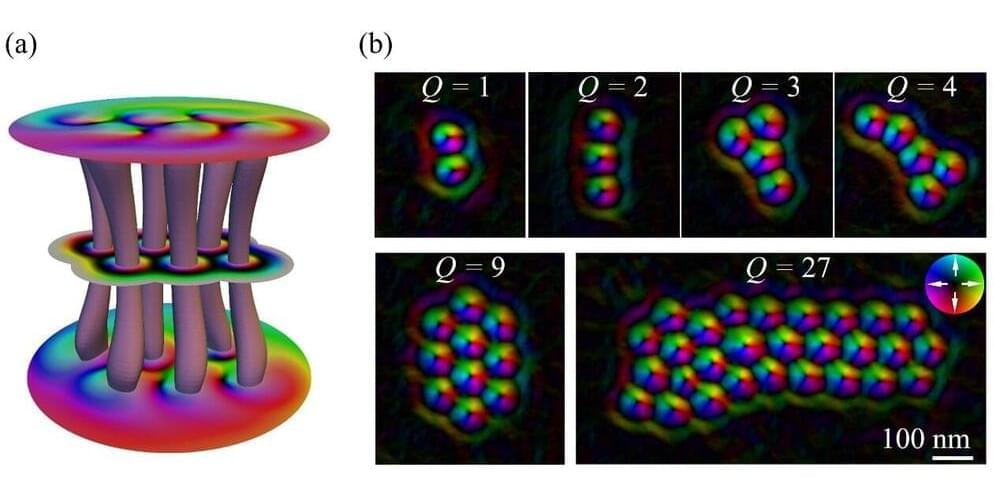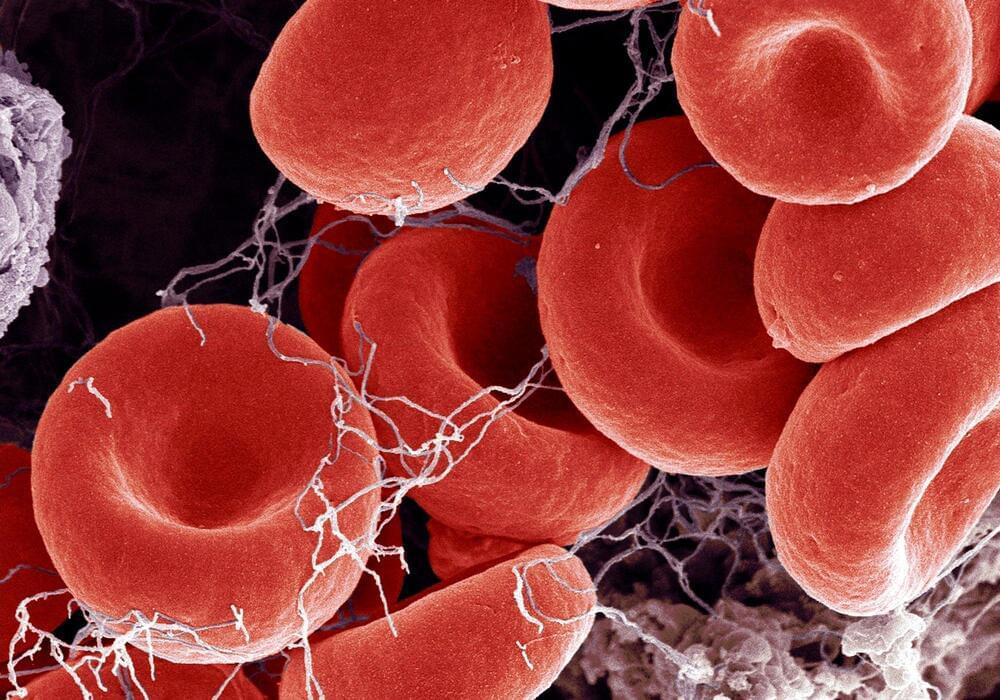In a study recently published in Nature Nanotechnology, a research group led by Prof. Du Haifeng and Dr. Tang Jin from High Magnetic Field Laboratory, Hefei Institutes of Physical Science (HFIPS), reported a scientific breakthrough after they found skyrmion bundles, a new family member of topological magnetic structures.
With the help of Lorentz transmission electron microscopy (Lorentz-TEM), the research group clarified, for the first time, a type of magnetic quasiparticles with arbitrary topological charges Q, and then further realized current driven dynamic motion of skyrmion bundles.
Skyrmion, a vortex-like localized chiral topological magnetic structure, has a potential to be the information carrier applied in future high-performance spintronic devices. The topological charge is a fundamental parameter of magnetic domains and determines their topology-related properties. Among the topological structures including skyrmions, merons, vortex, and skyrmion bubbles, the topological charges are both one or smaller than one. Although theory has proposed “skyrmion bags” and “high-order skyrmions” as multi-Q topological magnetic structures, their experimental observations remain elusive.









